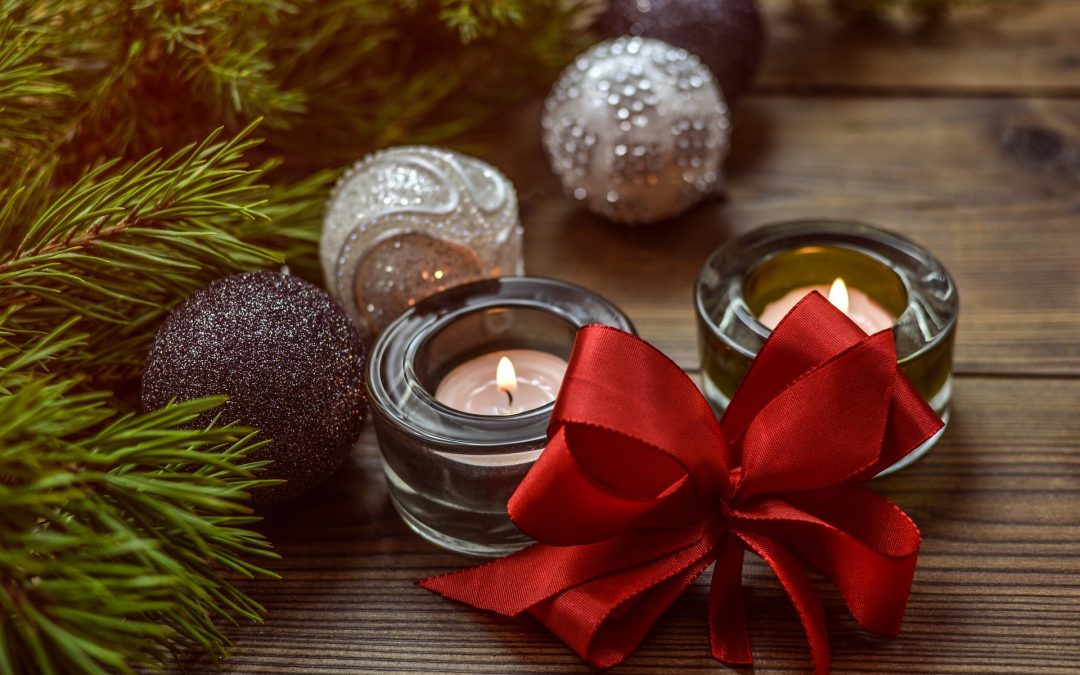
December Celebrations
As we come to the end of the yearly cycle, it is interesting to note how cultures from around the world have celebrated at this time of the year. The Goddess of the Night reigns as the days get shorter and the nights get longer. The activities associated with her are Introspection and Renewal. And then December 21st marks the Winter Solstice – the longest night of the year.This is the highest point for the Holly King – now, the power shifts to the Oak King. From this point onward, daylight hours increase while the nighttime hours decrease.The Swedish call this the Birth of Lucina, the Sun Goddess. Here are some other ancient December celebrations and observations of interest, as listed by Zsuzsanna Budapest in her book, The Grandmother of Time.
December 3rd: Roman feast of Bona Dea. She is the Good Goddess of Justice. In her honour, women held celebrations which men were not allowed to attend.
December 5th: Dutch celebration of Sinterklaas Day. Dutch children put out shoes to be filled with presents by the old elf, Sinterklaas. He brings presents to fill stockings of children later this month.
December 8th: European celebration of the Immaculate Conception of the Blessed Virgin Mary. Originally called the White Goddess, she is now portrayed as the Queen of Heaven, with the moon under her feet and the sun shining behind her. Incense is burned in her honour.
Mexican folks observe the ancient Mayan mother Ixchel. To honour her, they have processions and blessings on small boats and fields in the hopes of increasing fertility and harvest from the land and sea.
Japan observes the Hari no Kuyo. On this day, women take the day off to entertain and take over men’s roles in the household.
December 17th: Roman celebration of Ops; Saturnalia. Saturn and Ops, the Goddess of Plenty celebrate their blessings today. This was the original gift-giving season, when people gave each other things wrapped in rice paper for Ops, Goddess of Fertility, and dolls representing people themselves in health and prosperity. Saturn liked partying, with wine and singing. Slaves were set free on this day. The festival went on until the end of December.
December 21st: Northern Hemisphere Winter Solstice; Sun reenters Capricorn. This is the birth of light. Many goddesses from traditions and folklore from around the world give birth to their children on this night. These various celebrations of rebirth are the origins of Christmas.
December 24th: Anglo-Saxon’s Mother Night. Our pagan ancestors called the night before Christmas the night of the mothers or Modraniht. Youth were excited because after the night of the mothers, they awoke to find the love of the mothers showered upon them in the form of presents.
December 25th: Roman celebration of Juvenalia: Day of the Children. Following Mothers Night, the children were provided with gifts, artistic entertainment and fun. Everyone wore their best clothes and ate their best food. There were dances where youth met, courted and fell in love under the mistletoe.
December 31st: Roman observation of Hestia/Vesta Day. The year is turning. The flames of the hearth are rekindled. Hestia/Vesta the Goddess of the Flame is honoured. Build fires outside or in a fireplace, light lots of candles to brighten this winter month. Banish fear, raise joy, for your journey around the sun is complete. Give thanks for the rich experiences you have had and renew your hope for another ticket around the sun.
May you find your special way of celebrating the season. With Grace, Gratitude and the gifts of the season: Peace, Love, Joy and Hope. Endings, Beginnings and Moving Forward from 2020 to 2021.
DID YOU KNOW …..
- Frankincense has been used for thousands of years for meditation and spiritual connections to a Higher Power
- It deepens and slows the breath and increases inner peace which help reduce anxiety, calm an overactive mind and release obsessive memories from the past
- Frankincense is associated with the planet Saturn which rules maturity and wisdom which comes with age
- Myrrh was used by the ancient Egyptians for embalming
- It has been used for thousands of years as incense by many cultures
- Myrrh is the Holy Oil used by the Eastern Greek Orthodox church to administer its sacraments
- The message of Myrrh is that we may have all the material gifts in the world, but without love and forgiveness, we are nothing

Recent Comments